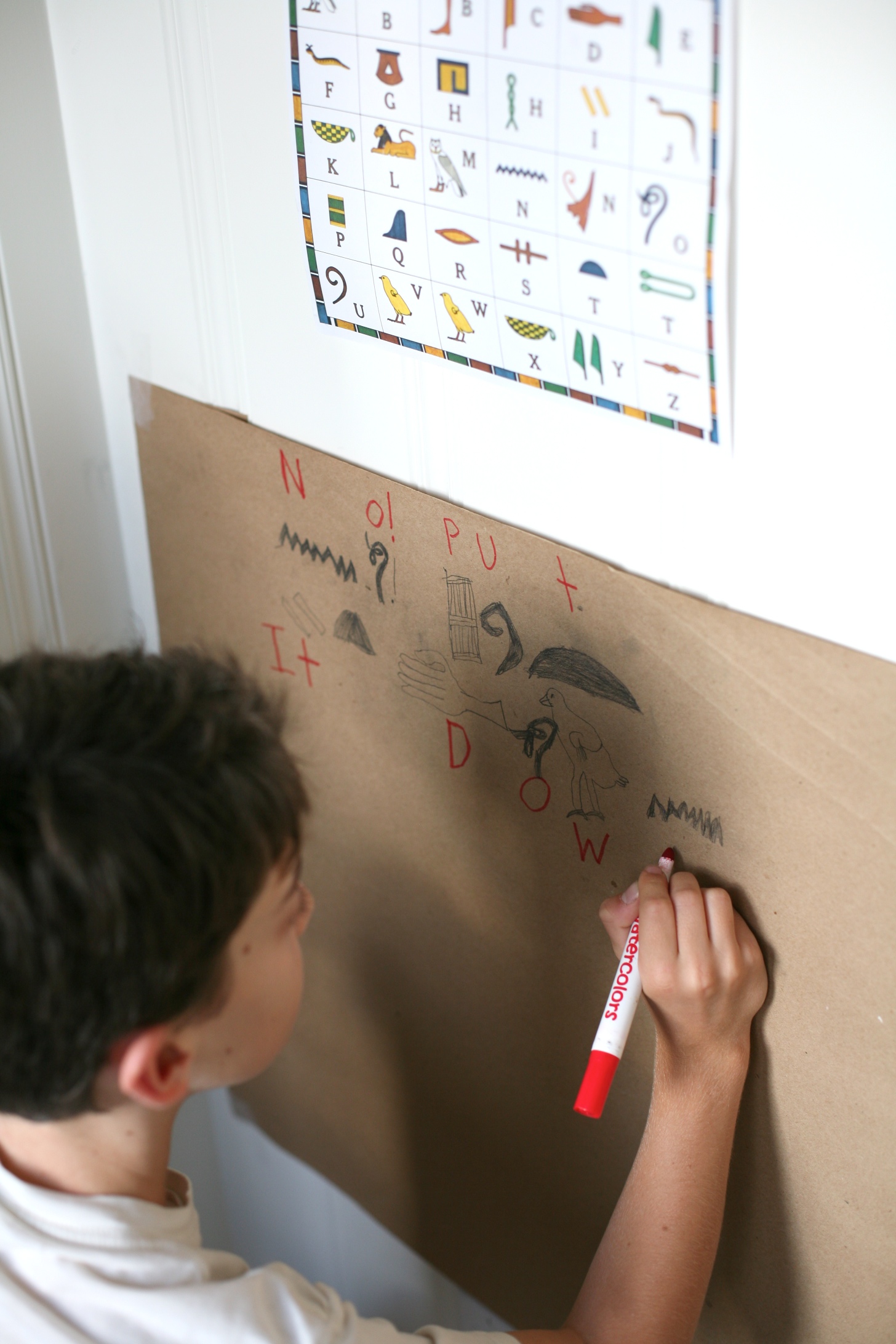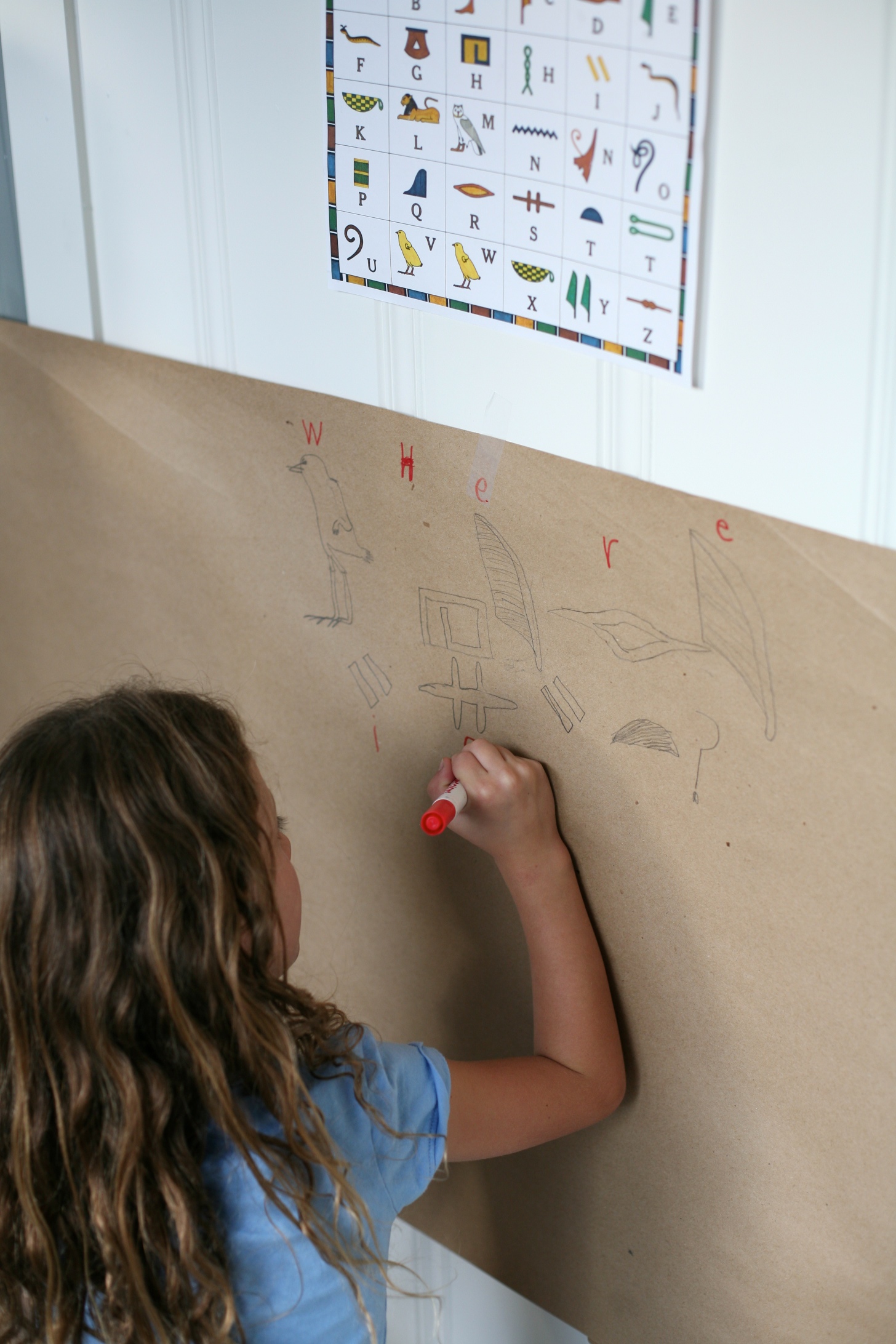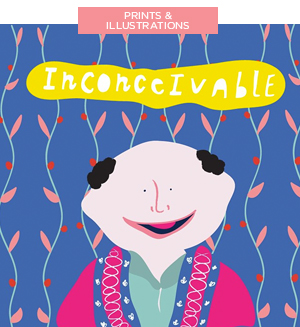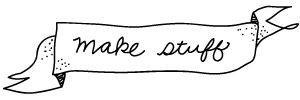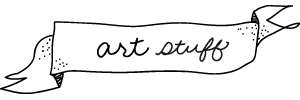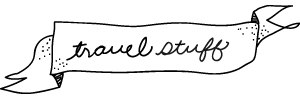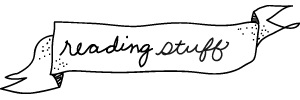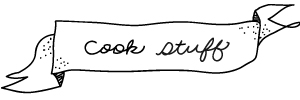Welcome to Egypt: Hieroglyphics
by Deborah Harju, posted on October 15th, 2013 in Art School
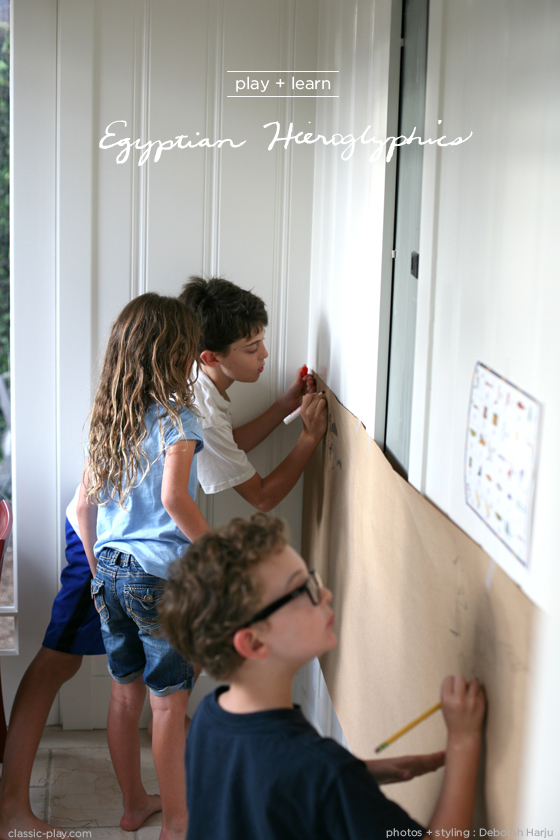
We are venturing back to Egypt for our second lesson this month. We explored Egyptian jewelry last week and this week we are going to investigate the early writing system of Egyptians!
Egyptian Hieroglyphs are graphics or pictures representing words or speech sounds. These symbols were beautifully drawn, and since they took a long time to complete, they were mainly used to decorate the walls of temples.
Take a look at how beautiful these cursive hieroglyphs are.

Here’s the chart we will use for our hieroglyphics lesson today. Interesting to note, hieroglyphics can be read from right to left or left to right! To figure out the direction you’re supposed to read you look at the way the animals or humans are facing! The animal or human is always facing the direction of the beginning of the line.

You’ll need to print this out and have it handy for our lesson. In addition, you’ll need a pencil, tape, oil pastels are optional, and some type of long kraft paper or several sheets of construction paper.
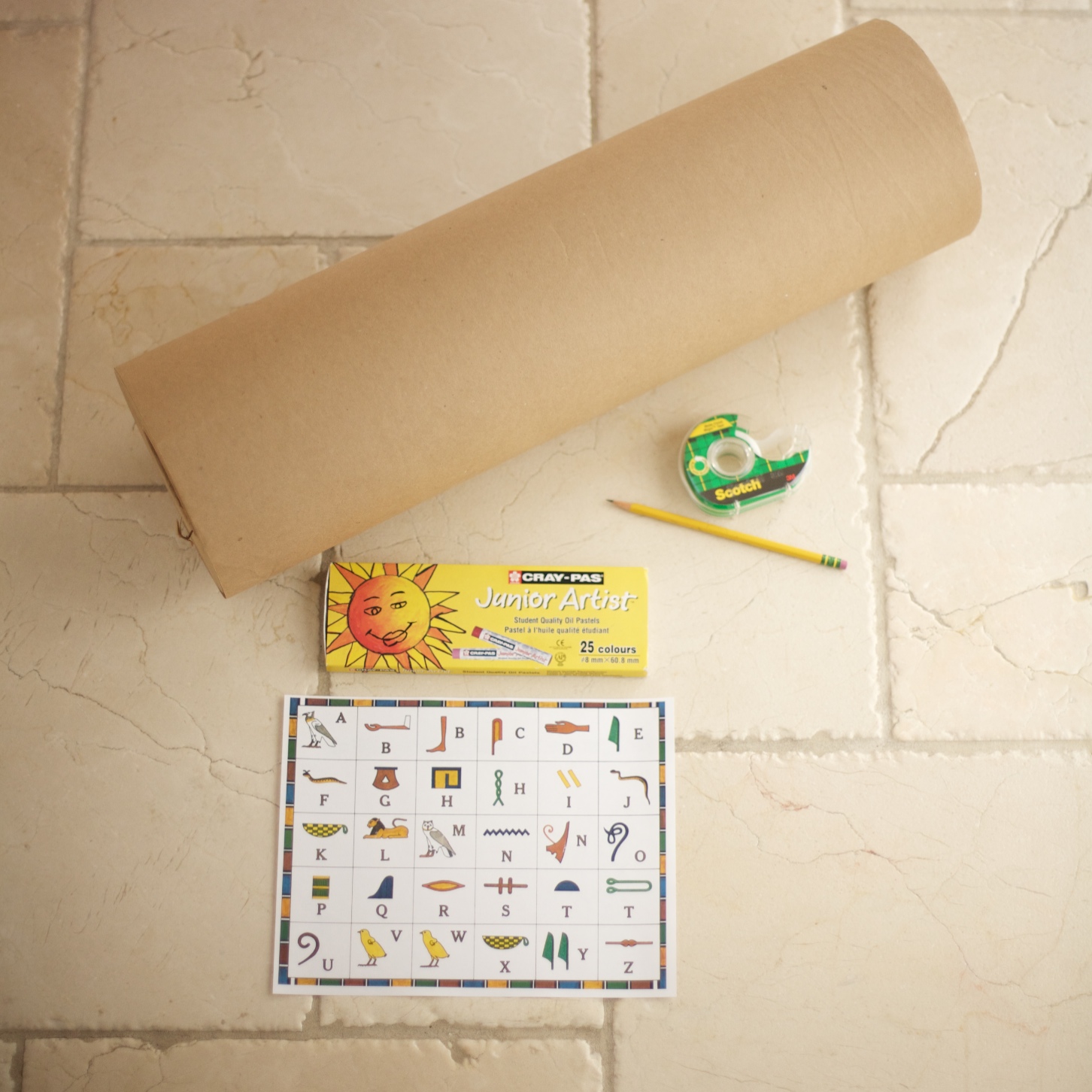
Cut a long sheet of kraft paper and attach it to a wall with tape. If you don’t have kraft paper, tape together several sheets of construction paper together. This will become our makeshift Egyptian wall.
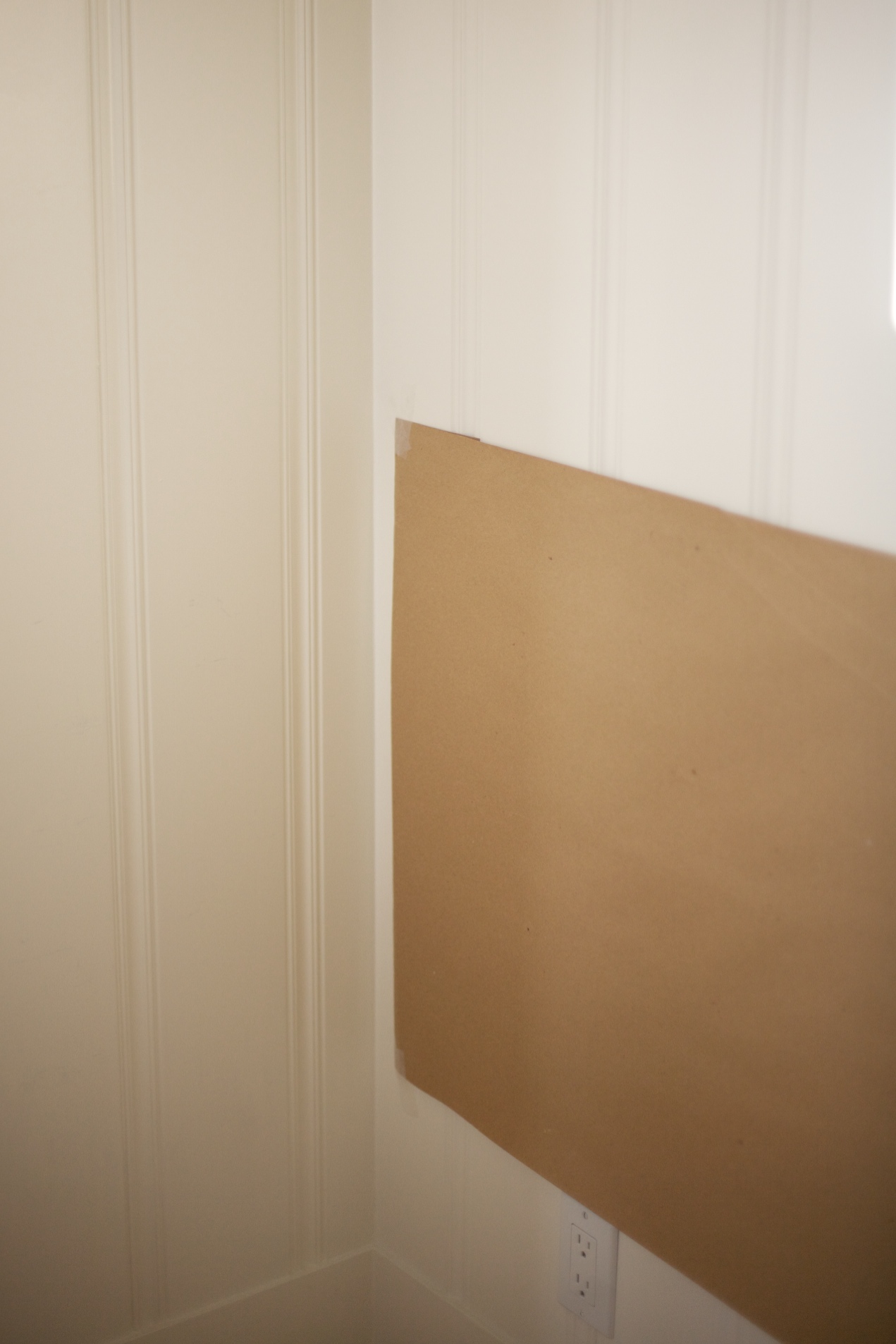
Next, you’ll want to tape up the hieroglyph chart for easy access and then get to work writing your own hieroglyphics!

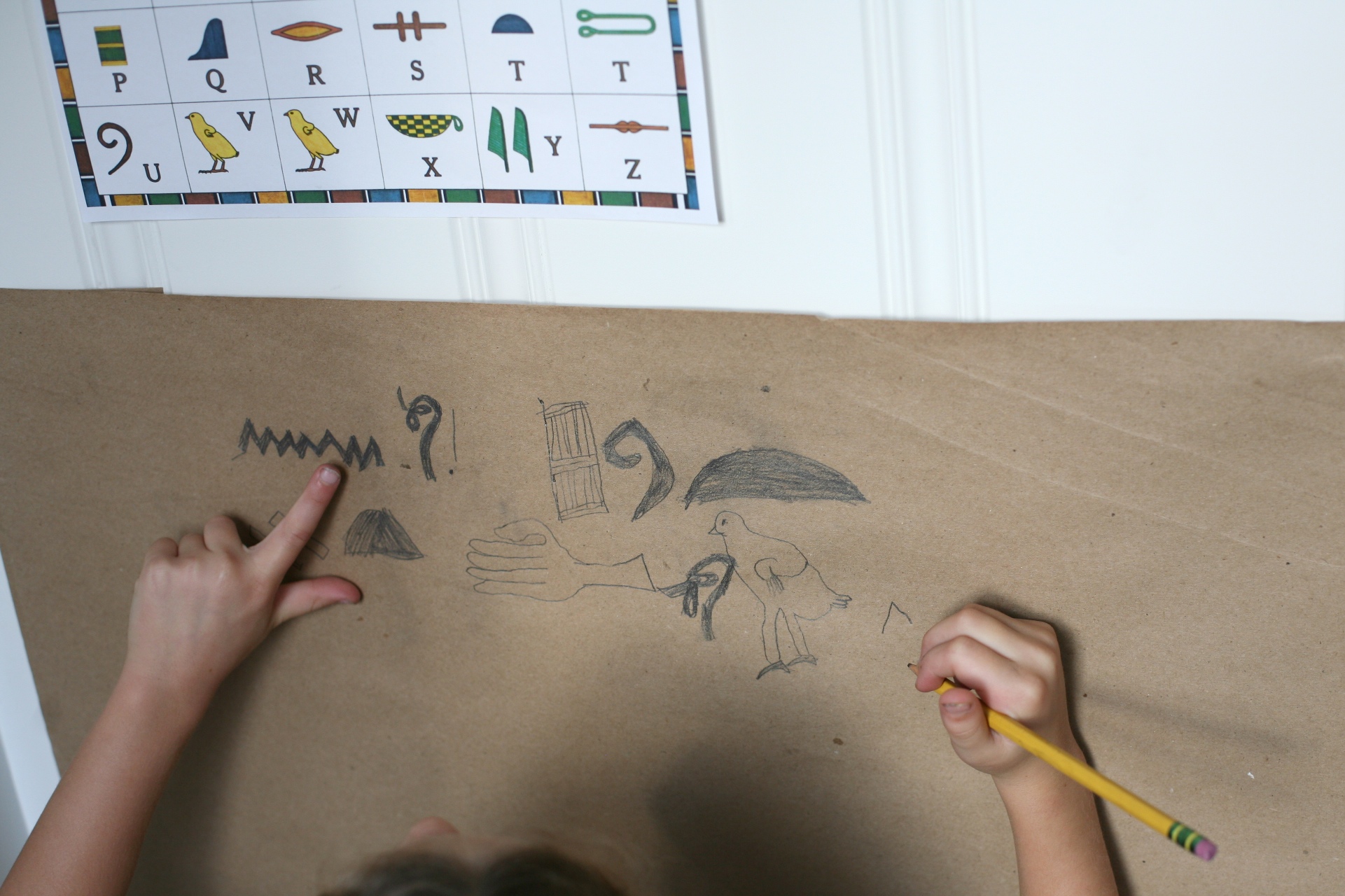
If your paper is long enough you can have several kids working at the same time on their hieroglyphics. It’s a great idea while they are drawing to remind them and create dialogue about how much longer a simple phrase or word takes versus just using the alphabet we are used to. These drawings were highly prized in ancient Egypt and they are still highly prized today.
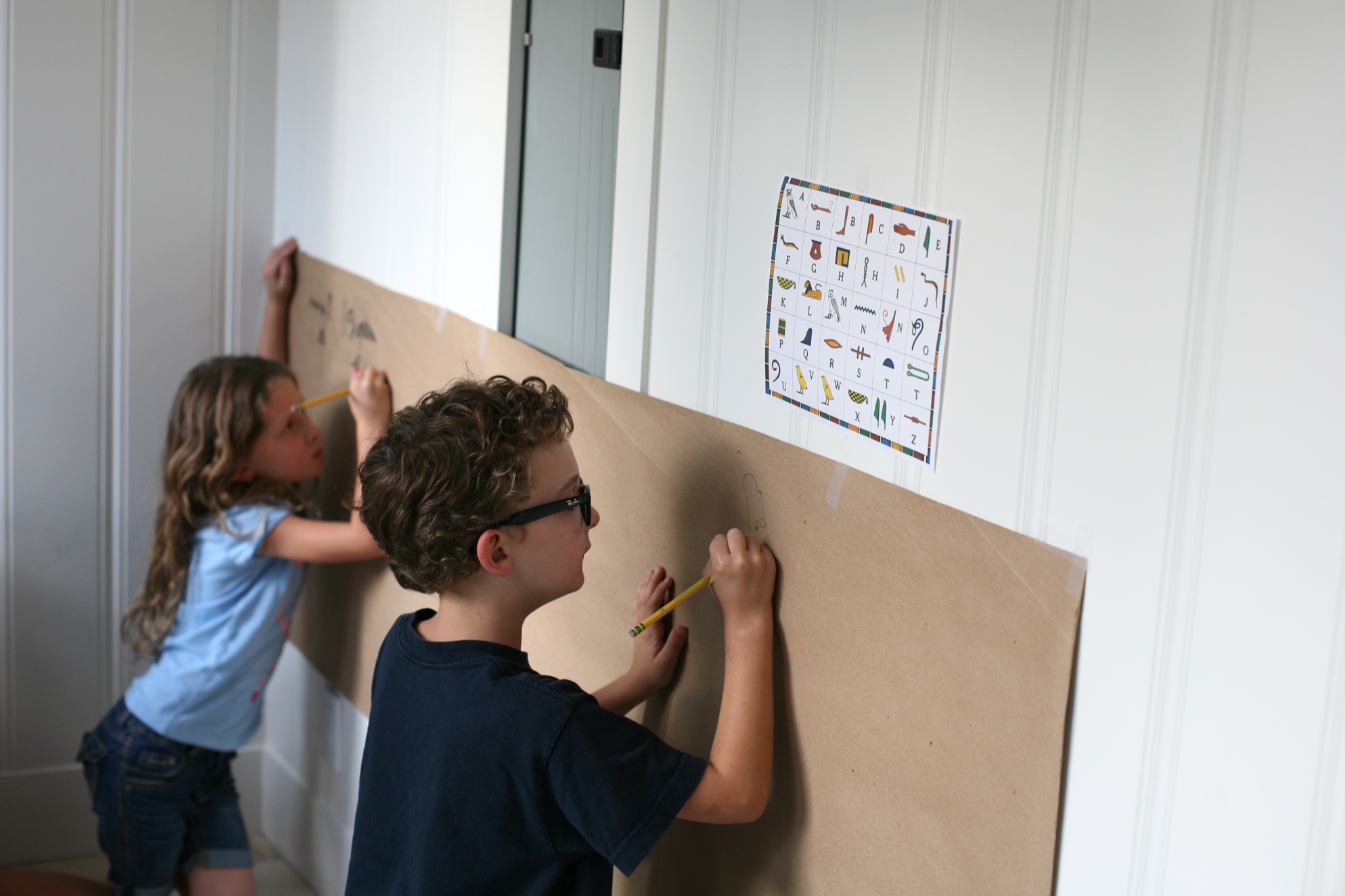
When the hieroglyph is complete, it’s fun to let someone else decode them. First they’ll need to determine which direction the sentence or word begins. Then write out the word or sentence. It can be tricky, especially when one symbol represents two different letters! This is a nice peek into what ancient archaeologists are faced with when they are trying to decode messages found in Egyptian ruins.
